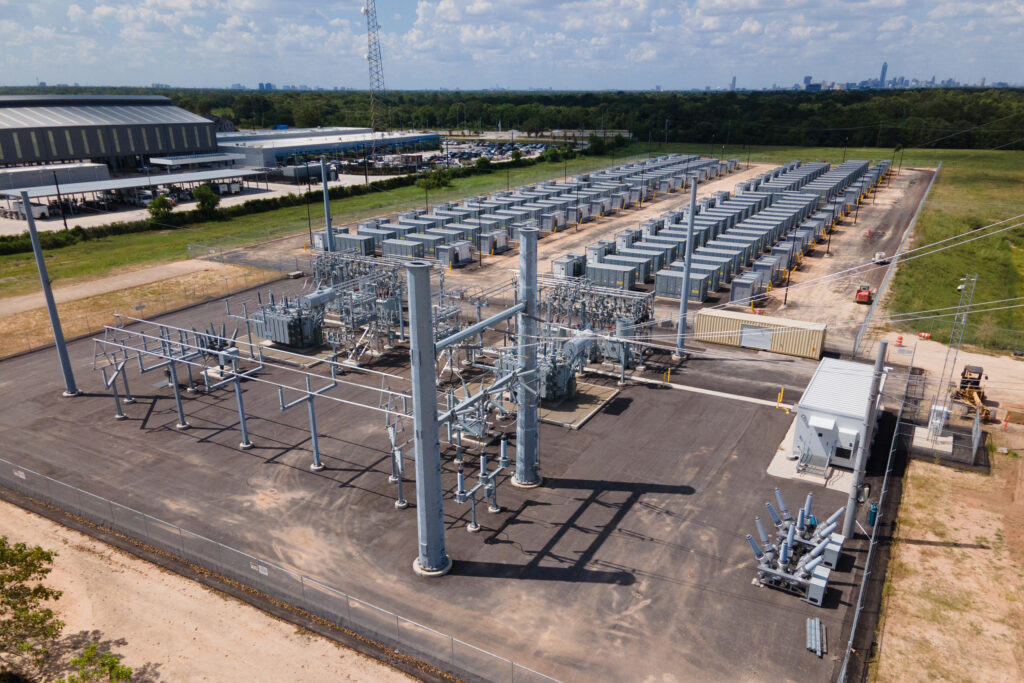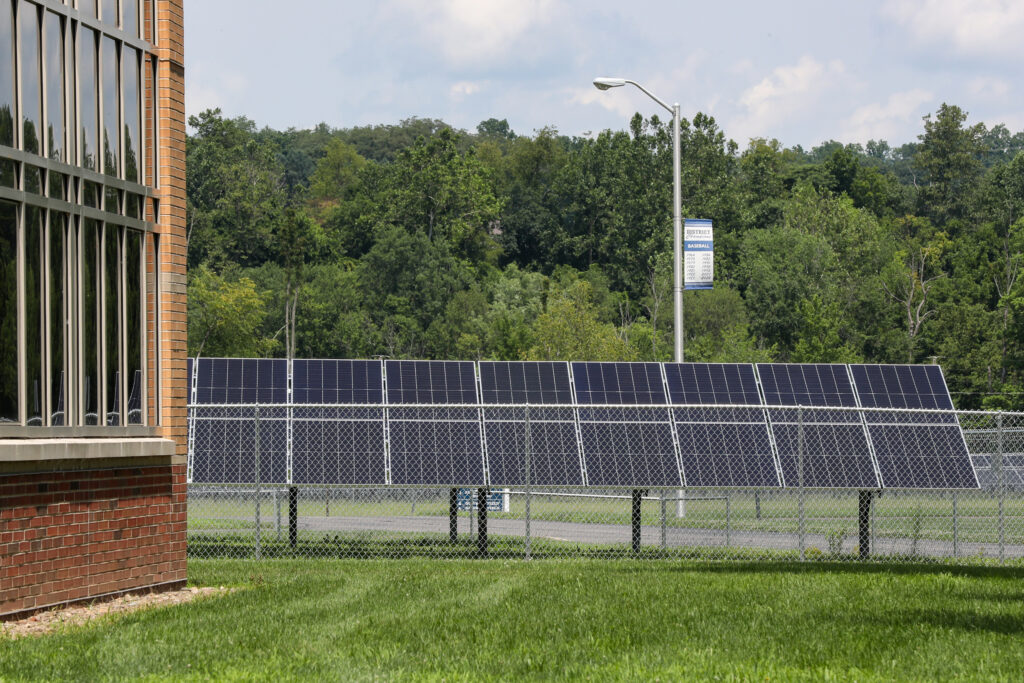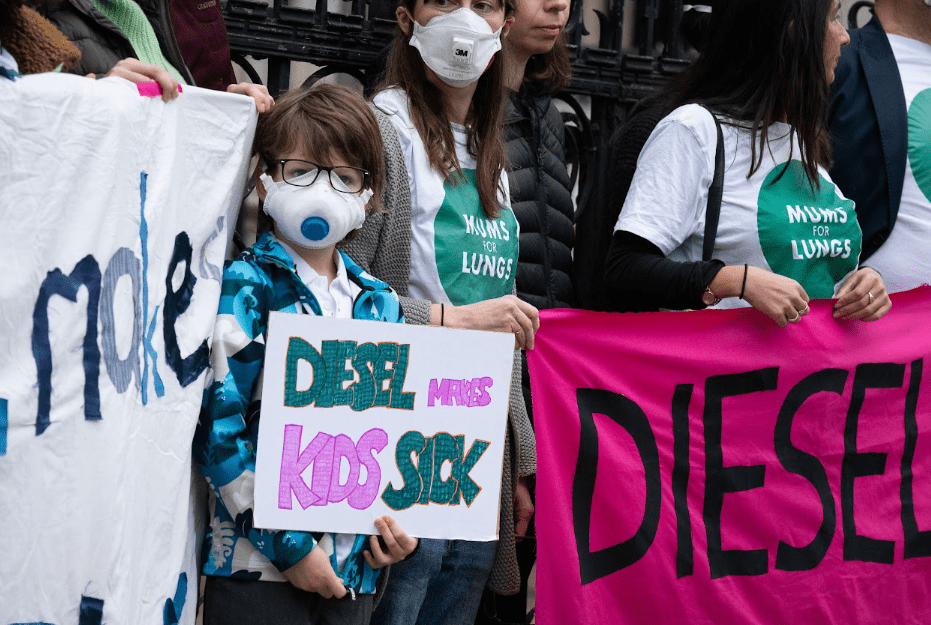New Jersey Attorney General Matthew J. Platkin recently joined 22 other states and Washington, D.C., in a lawsuit against the Environmental Protection Agency for ending its $7 billion Solar for All program.
The Biden-era initiative aimed to provide 900,000 households in low-income and disadvantaged communities across the country with solar energy, leading to $350 million in annual savings.
The New Jersey Board of Public Utilities was one of 60 grant recipients. It was in the middle of planning with its partners on how to deploy solar projects across the state when the EPA clawed back about 90 percent of the program’s funding, causing its shutdown on August 7.
That same day, EPA Administrator Lee Zeldin wrote the following on X:
“For New Jersey, that meant $156 million that we are now unable to access,” said Platkin, which “would help us build the cheapest form of energy in our state.”
The lawsuit was filed on Oct. 15 in the U.S. Court of Federal Claims. New Jersey was also a plaintiff in a similar suit filed the following day in the U.S. District Court for the Western District of Washington. Plaintiffs alleged the cancellation of funds rested on a misconstrual of President Donald Trump’s One Big Beautiful Bill Act, which authorized the rescinding of Solar for All grants that hadn’t been obligated by July 3. However, all grant agreements had already been finalized by Feb. 6.
“We’re asking the court to vacate what they’ve done and restore these funds,” Platkin said.
“The act was illegal, but more importantly, it was incredibly stupid—because how are we supposed to lower energy costs, which I think are one of the top concerns in this country, if you’re destroying programs that do exactly that?”
Solar for All Incomes
Alongside New Jersey, Solar for All grants went out to 48 additional states. There were also six awards for Native American tribes and five multi-state grants. The EPA estimated the program would reduce the equivalent of 30 million metric tons of carbon dioxide and create 200,000 jobs.
“At least in my lifetime, solar was seen as one of those things that if you were middle class or well-to-do, you had access to,” said Kelvin Boddy, who works for the nonprofit Housing and Community Development Network of New Jersey as its director of Healthy Homes and Communities. “But Solar for All, and a few other state programs on our side, were really kind of the first big opportunities we had to make sure that it was equitably being offered to folks that were on the low-to-moderate income scale.”
The New Jersey Board of Public Utilities planned to use its $156 million grant to assist up to 25,000 homes in “low-income and disadvantaged communities,” which it categorizes using environmental justice mapping tools, income thresholds and properties that provide affordable housing.
NJBPU said its plan would also have reduced CO2 emissions by up to 278,000 tons, saved approximately $250 million in energy bills over 30 years and financed an additional 200 megawatts of solar energy.
The main thrust behind New Jersey Solar for All was to incentivize solar developers to take on projects that typically aren’t profitable. For instance, the plan called for $86 million to expand community solar projects, which had to result in at least 20 percent annual savings on electricity bills. Another $28 million would have gone to updating community solar grids.
Another $18 million would have encouraged developers to expand access to 5,000 families in multi-family buildings, especially those that offer affordable housing units. The same was intended for single-family homes, whose occupants would be assisted to one day own their own rooftop solar systems. Finally, New Jersey’s Solar for All program planned to spend about $7 million on solar workforce training and $1 million to improve customer outreach.
“It kind of comes at a time of the most extreme need,” Boddy said about the program’s cancellation. “Because here in Jersey, at least, we’ve experienced a 20 percent rate increase on electricity,” he said about changes that took effect this June.
Even before this rate hike, utility bills were spiking for Garden State residents. Many of them placed the blame squarely on power-intensive data centers—key components of the global race for AI dominance—and previous reporting from Inside Climate News shows this to be the case.
Given the proximity of universities, financial tech firms, and medical research facilities—which all consume AI services—New Jersey is an attractive location for data centers. A Business Insider investigation tallied 58 of them in the state, while Data Center Map counted 82. Whatever the true number, these companies are incredibly secretive about how much power and water they’re guzzling.
The issue has gotten so contentious that it became a voter issue and a core campaign focus for New Jersey Governor-elect Mikie Sherrill.
“[O]n day one as New Jersey’s next governor, I’m going to declare a state of emergency on utility costs and freeze your utility rates,” her campaign website reads.
Right on the Law?
One of President Joe Biden’s signature laws was the Inflation Reduction Act, which he signed in 2022. It sought to reduce the federal deficit, lower prescription drug costs, provide subsidies for the Affordable Care Act and produce more renewable energy.
The law amended the Clean Air Act by adding a new Section 134. This created the Greenhouse Gas Reduction Fund, a $27 billion investment in clean energy and climate projects. Within this fund, $7 billion was meant “to enable low-income and disadvantaged communities to deploy or benefit from zero-emission technologies.” Thus, Solar for All was born.
This story is funded by readers like you.
Our nonprofit newsroom provides award-winning climate coverage free of charge and advertising. We rely on donations from readers like you to keep going. Please donate now to support our work.
Donate Now
By early February 2025, the EPA had entered into binding agreements with all grant recipients, according to the lawsuit filed in the Court of Federal Claims. Then, in August, it was suddenly cancelled.
“The residents were finally being sold a bit on the idea that this isn’t just a rich man or a rich woman’s alternative energy program,” Boddy said.
Plus, he said, “there were a lot of organizations that had either just gotten grants approved by the EPA or had grants that were in the pipeline that they spent weeks, if not months, putting together with their teams.”
The cancellation “violates the express terms of the grant agreements that we had,” Platkin said. “It violates their own regulations of the Solar for All program, and it violates his own law, the Big Beautiful Bill Act.”
According to the lawsuit:
The EPA purportedly acted based on its misguided understanding of the One Big
Beautiful Bill Act (“H.R. 1”), which repealed Section 134 of the Clean Air Act and rescinded only “the unobligated balances of amounts made available to carry out that section … Because the Solar for All funds awarded to Plaintiffs were fully obligated well before the enactment of H.R. 1, the balances were not “unobligated” … and therefore were not rescinded by that Act.
EPA administrator Zeldin justified the One Big Beautiful Bill’s repeal of the Greenhouse Gas Reduction Fund by characterizing it as a fiscally irresponsible “slush fund.” The EPA’s reduction fund webpage is now replete with links to news coverage taking this stance.
“One of the more shocking features of Solar for All was with regards to the massive dilution of the money, as many grants go through pass-through after pass-through after pass-through after pass-through, with all of the middlemen taking their own cut—at least 15 percent by conservative estimates. What a grift!” Zeldin said in a video embedded on the same webpage.
In a letter addressed to Zeldin, 32 U.S. senators described this and other statements made by him as “baseless attacks.” They went on to say that the Congressional Budget Office and Republicans in Congress understood the cancellation of the Greenhouse Gas Reduction Fund would only save about $19 million in EPA oversight.
“Congress appropriates money. The president cannot ignore the will of Congress. He doesn’t have the power to unlawfully restrict those funds,” Platkin said.
He and the other plaintiffs are suing the Trump administration for damages, interest and fees for an amount of money to be determined at trial.
But how long might it take for this legal drama to play out?
“It’s really hard to predict. We’ve had [the Trump administration] literally fold within days of us filing a lawsuit in some of our cases, and others are still ongoing,” Platkin said. “But I’m confident that we’re right on the law and that we’ll be successful in restoring these funds.”
About This Story
Perhaps you noticed: This story, like all the news we publish, is free to read. That’s because Inside Climate News is a 501c3 nonprofit organization. We do not charge a subscription fee, lock our news behind a paywall, or clutter our website with ads. We make our news on climate and the environment freely available to you and anyone who wants it.
That’s not all. We also share our news for free with scores of other media organizations around the country. Many of them can’t afford to do environmental journalism of their own. We’ve built bureaus from coast to coast to report local stories, collaborate with local newsrooms and co-publish articles so that this vital work is shared as widely as possible.
Two of us launched ICN in 2007. Six years later we earned a Pulitzer Prize for National Reporting, and now we run the oldest and largest dedicated climate newsroom in the nation. We tell the story in all its complexity. We hold polluters accountable. We expose environmental injustice. We debunk misinformation. We scrutinize solutions and inspire action.
Donations from readers like you fund every aspect of what we do. If you don’t already, will you support our ongoing work, our reporting on the biggest crisis facing our planet, and help us reach even more readers in more places?
Please take a moment to make a tax-deductible donation. Every one of them makes a difference.
Thank you,

















